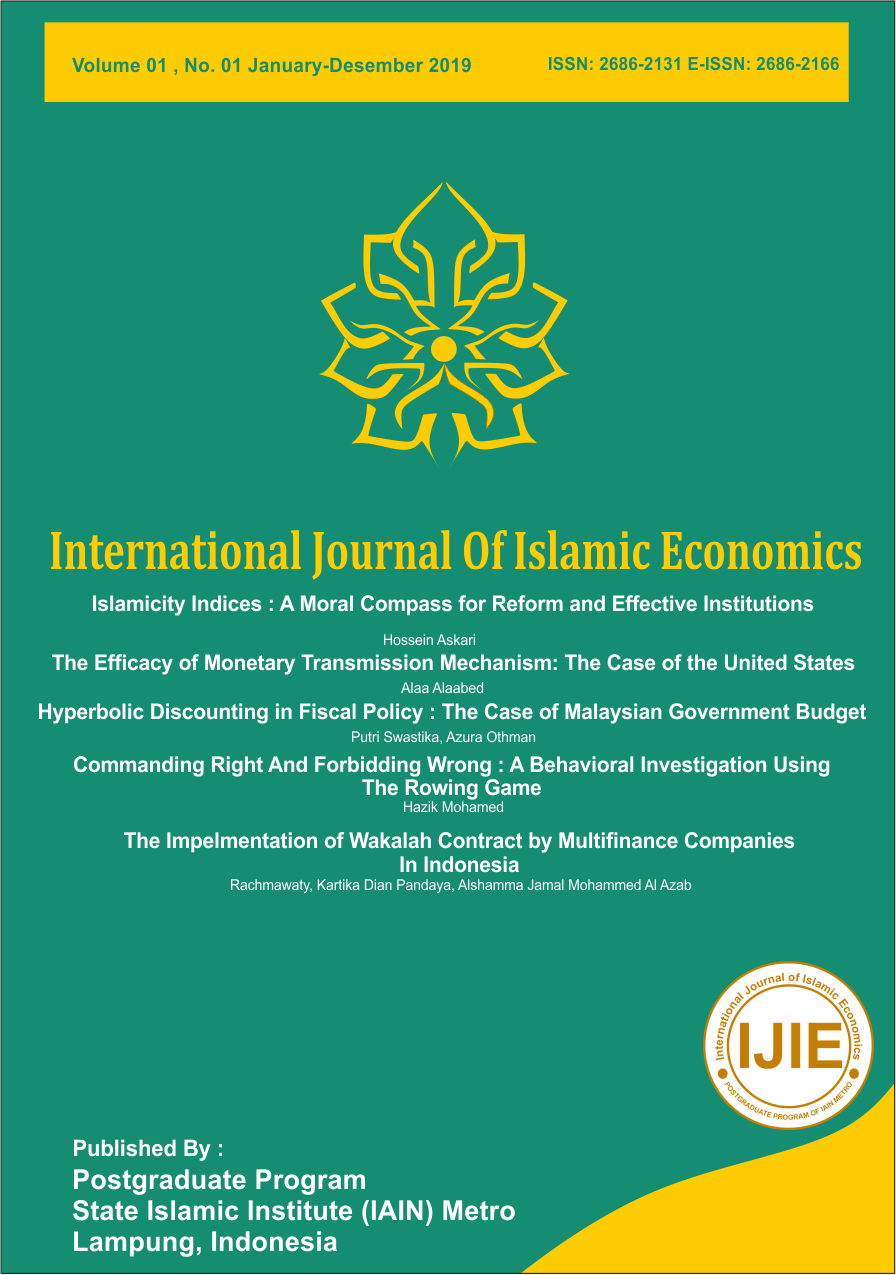The Efficacy of Monetary Transmission Mechanism: The Case of the United States
DOI:
https://doi.org/10.32332/ijie.v1i01.1575Keywords:
Monetary Policy, Monetary Transmission Mechanism, Time Series Techniques, Johansen Cointegration, Granger Causality, United States.Abstract
This paper empirically investigates the effectiveness of monetary policy transmission in the United States from 1975-2010 using the Long-Run Structural Modelling (LRSM) and the techniques of error correction and variance decompositions. The results indicate that the domestic credit and exchange rate channels are relatively effective in influencing the real GDP per capita, and so is inflation-targeting, while the interest rate channel does not appear to play an important role as a monetary transmission mechanism, bearing in mind the interlinkages between the channels. The empirical analysis suggests that policy measures and structural reforms must be targeted accordingly in order to promote the effectiveness of monetary transmission mechanisms in the US and similar countries.








